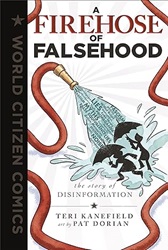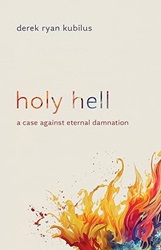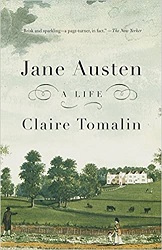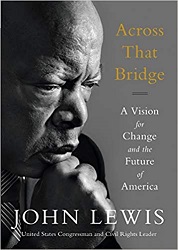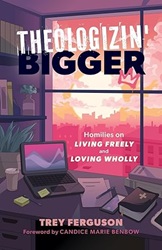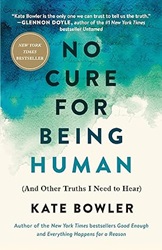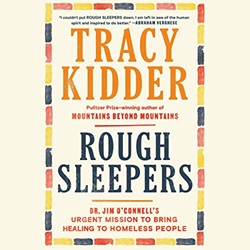Review of A Firehose of Falsehood, by Teri Kanefield, art by Pat Dorian
The Story of Disinformation
by Teri Kanefield
art by Pat Dorian
World Citizen Comics, First Second, 2023. 236 pages.
Review written March 15, 2024, from a library book.
Starred Review
Hooray! My favorite internet legal scholar has joined forces with World Citizen Comics, the makers of Unrig: How to Fix Our Broken Democracy, by Daniel G. Newman — another graphic novel laying out in clear, accessible language what’s going on behind the scenes in our political system. (I like both these books so much, I’m going to place a hold on the other books from this series that our library has.)
In A Firehose of Falsehood, Teri Kanefield gives us the long history of disinformation, going back to Darius I of Persia and Chandragupta Maurya of ancient India. And she shows us how disinformation — deliberate use of incorrect information — has been used in politics ever since.
Of course Stalin, Mussolini, and Hitler are given as examples and how they deliberately used falsehoods to gain power. But we also have examples in America of how disinformation was used to support enslaving people. I had no idea about the “Great Moon Hoax” of 1935, where an influential American newspaper reported that reputable scientists had found unicorns and humanlike flying creatures living on the moon.
Then we get to Max Weber, an early twentieth century German philosopher, and his ideas about government. There was “traditional” (monarchies and feudalism), “rule of law” (what democracies were going for), and “charismatic leadership” (fascism). Teri Kanefield explains, helped by Pat Dorian’s art, how they all work, and the way a charismatic leader can use false information in his favor to gain power.
In discussing Hitler, she talks about his embrace of “The Big Lie.” Since normal folks may tell small lies, it’s hard for them to believe that a leader would tell an enormous lie. So the “masses” believe it. Hitler’s main Big Lie was that all Germany’s problems came from the Jews.
Next she talks about the Soviet Union’s “Active Measures” against Americans during the Cold War. The Soviets were better at disinformation than we were, and she tells about some conspiracy theories they actually got the majority of Americans to believe, using planted (fake) news stories.
An important goal of active measures is to get people in western democracies to lose confidence in their democratic systems and their democratically elected officials.
And the book continues on to modern times, yes, using examples from people such as Vladimir Putin and Donald Trump. She also talks about Russian continued efforts to disrupt United States politics, which is now much simpler than planting newspaper articles, as they can reach Americans with fake accounts on Facebook and other social media.
In talking about Putin, she explains the principle of the Firehose of Falsehoods:
The Firehose of Falsehood is a rapid and continuous stream of lies that overwhelms the listener. The liar exhibits a shameless willingness to tell contradictory and outrageous lies. It’s a way of undermining truth by making it impossible for anyone to focus on facts.
Liars have an advantage. The truth is often mundane, boring, nuanced, and too complex to fit into a sound bite. The liar, on the other hand, is free to invent. Invented stories can be designed to suit the needs of the moment, and can be catchy and easy to grasp.
But I appreciate that Teri Kanefield never leaves us in despair. She finishes up with a chapter about how to put on raincoats against the Firehose of Falsehood. Lots of ways to protect yourself from falling for the lies, as well as ideas to strengthen our democracy to stand against them.
After all, she reminds us that democracy will always be a challenge.
There will always be antidemocratic forces working to undermine truth, rule of law, and democracy. The fight for democracy and the corresponding fight for truth must be fought in each generation.
May we fight on!
terikanefield.com
worldcitizencomics.com
firstsecondbooks.com
Find this review on Sonderbooks at: www.sonderbooks.com/Nonfiction/firehose_of_falsehood.html
Disclosure: I am an Amazon Affiliate, and will earn a small percentage if you order a book on Amazon after clicking through from my site.
Disclaimer: I am a professional librarian, but I maintain my website and blogs on my own time. The views expressed are solely my own, and in no way represent the official views of my employer or of any committee or group of which I am part.
What did you think of this book?
